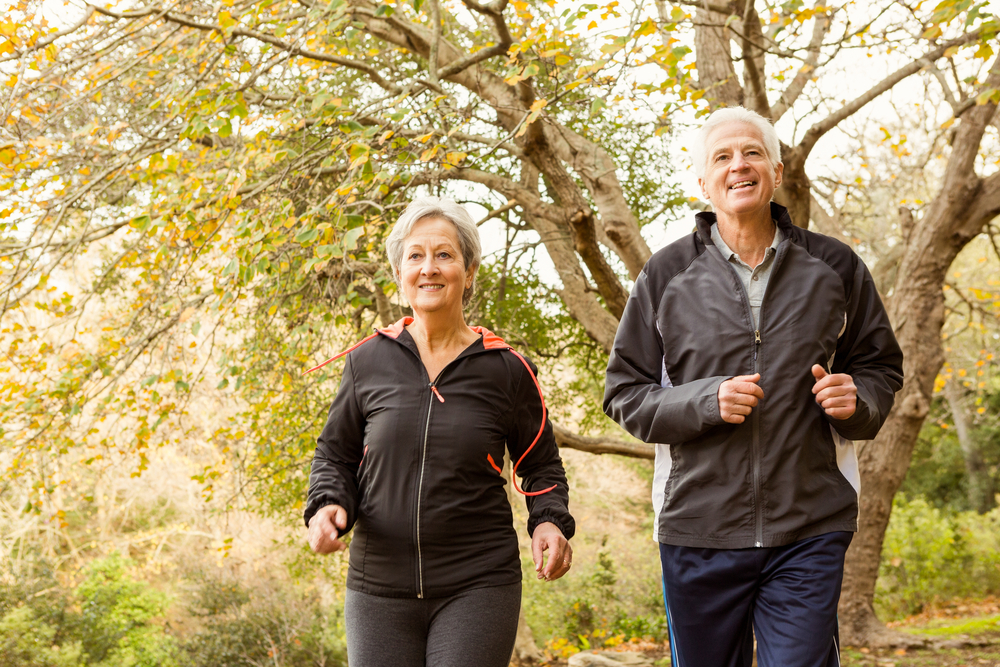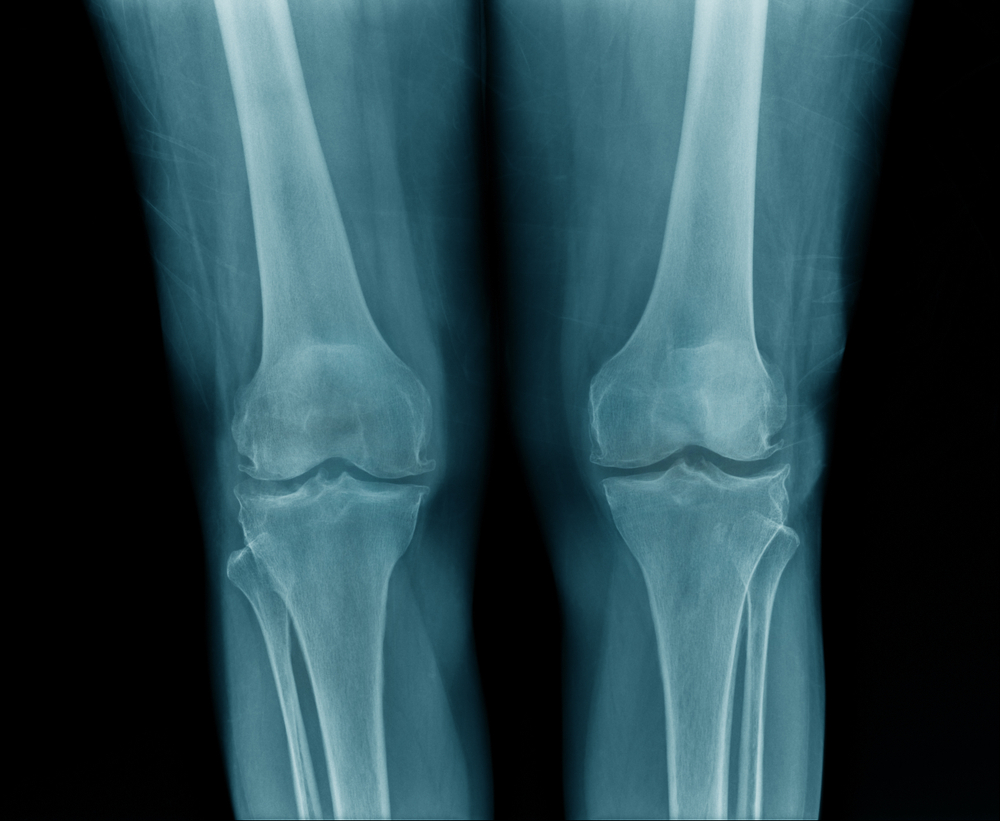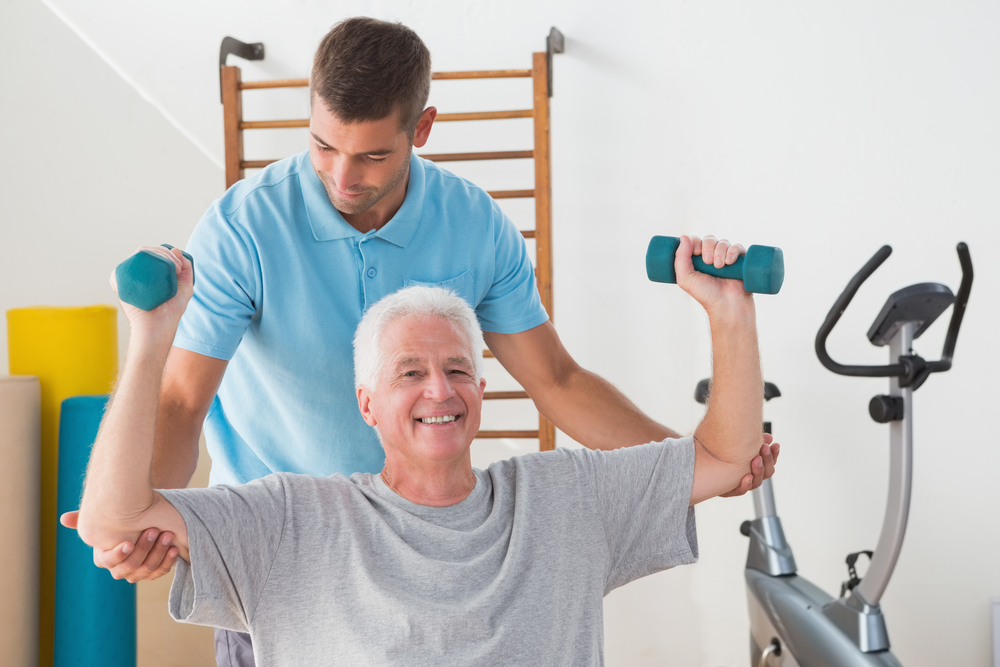Exercise for Arthritis
There are several forms of arthritis that can affect a person’s physical function. The most common is osteoarthritis, which is a condition that almost everyone will develop to some degree throughout their lifetime. Other, less common forms of arthritis are those in the category of inflammatory arthritis, which include conditions such as rheumatoid arthritis and ankylosing spondylitis, which are autoimmune disorders caused by a malfunctioning immune system.
It is important to distinguish between the more common osteoarthritis and the less common inflammatory arthritis, as the treatments are very different. Treatment for osteoarthritis involves activity modification, specific exercises and strategies to control pain flare-ups. Treatments for inflammatory arthritis usually involves the use of medications that act on the immune system to reduce the damaging effect it is having on the affected joints.
Exercise does play an important role in both forms of arthritis, but the remainder of this article will focus on the more common osteoarthritis.


What causes osteoarthritis?
Osteoarthritis is a complex condition characterised by damage to the cartilage of a joint. Osteoarthritis occurs as a result of high levels of certain inflammatory chemicals in the body, previous injury to the joint or certain genetic factors. Below are the processes responsible for these risk factors:
• Overweight and obesity – Excess fat tissue leads to the production of inflammatory chemicals (cytokines) within the body, which have a range of negative effects on health, including the development of osteoarthritis.
• Previous injury – Trauma to a joint such as a ligament sprain/tear, joint dislocation or impact injury can damage cartilage in a way that increases the likelihood of it developing osteoarthritis in the future.
• Genetics – various genetic traits are associated with the development of osteoarthritis, such as genes that control the production of collagen tissue and genes that control the way certain chemicals are produced within the body.
Osteoarthritis is no longer considered a condition of “wear and tear” and repetitive movement of a joint does not lead to the cartilage “wearing out”. There are many studies that have demonstrated that cartilage is able to grow stronger in response to loads and movements throughout the lifetime, even from activities such as weightlifting and running. This helps to explain why physically active people frequently have lower levels of osteoarthritis than less physically active people of the same age. Cartilage, like muscle and bone, needs exercise to stay strong and healthy.
Is exercise safe for people with osteoarthritis? Won’t exercise cause more wear and tear to my joints?
For most people with osteoarthritis, exercise is a safe and effective treatment. As described earlier, osteoarthritis is no longer considered a condition of “wear and tear” due to overuse of a joint. In fact, using the joint in the correct way can improve the health of the joint, reduce pain and improve function.
At Glebe Physio, we are well experienced in the safe and effective prescription of exercise in patients with osteoarthritis, and tailor each exercise program to an individual’s needs to ensure the best outcome.
What are the benefits of exercise in people with osteoarthritis?
The correct exercise program is safe and effective for people with osteoarthritis and has the following benefits:
• Reduced pain – Exercises that improve joint mobility and strength are effective for reducing pain associated with osteoarthritis.
• Improved cartilage health – Many studies have shown that exercise, when prescribed in a controlled and graduated way, has a positive effect on the structure and function of cartilage.
• Improved strength of the muscles around the joint and the rest of the body – Increased muscle strength can improve the function of both the affected joints and the rest of the body.
• Improved flexibility and range of motion -Increased range of motion of the affected joints and the rest of the body can improve your mobility and participation in activities you enjoy.
• Improved physical fitness – Improved strength, joint range of motion and stability can allow you to maintain and improve your cardiovascular fitness, which is important to maximise mobility and quality of life.
• Body weight management – Exercise is an important component in maintaining a healthy weight, which can reduce the load on joints affected by osteoarthritis and reduce the inflammatory chemicals being produced by fat tissue.

What type of exercise is best for patients with osteoarthritis?
The type of exercise for each patient is highly dependent on their specific condition and functional limitations. In general, physical exercise programs should include specific exercises to address the deficits directly associated with the osteoarthritis, as well as general exercise capacity and cardiovascular fitness. At Glebe Physio, we have physiotherapists and exercise physiologists that work together to ensure the best exercise program is delivered to each specific patient.
If you would like to ask a question about exercise for arthritis or anything else, visit our Contact Us page to get in touch.
If you are ready to make an appointment, visit our make a booking page and get started today.
Get Active!
For more, visit our Frequently Asked Questions page.
If you would like to ask a question about our services or anything else, visit our Contact Us page to get in touch.
If you are ready to make an appointment, visit our make a booking page and let us help you with your fitness or recovery.

